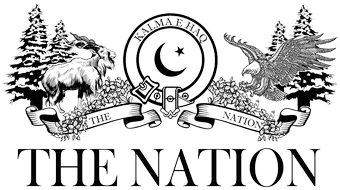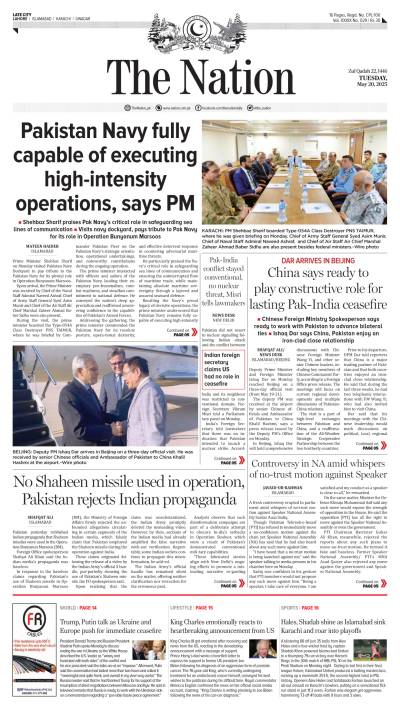Pakistan’s growth conundrum has consistently been falling short of expectations, and with a high percentage of employable youth — a number that is growing exponentially — the economic managers need to do something about it. Generally, firms in countries with underdeveloped financial and legal systems encounter high costs of external financing, and therefore, capping interest rates on loans is one such tool widely used by regulators in developing countries to stimulate investment, particularly for firms that manufacture goods for exports.
Opponents of this method of ensuring credit often cite several potential drawbacks, including that lenders may respond by shifting credit away from the riskiest borrowers to limit their losses. However, with additional central bank oversight and by framing some overriding rules, such a deliberate move by the commercial banks can always be controlled or, say, minimised. Also, these concerns on directing credit with capped interest rates tend to be more theoretical than being backed by any tangible data, because little is known about the causal effects of cap policies on corporate loans, especially in developing countries without a mature capital market. On the other hand, there exist a number of real-world examples where the credit regulator (mainly the central bank) succeeded in making capital reach the SMEs and in sectors where it was most needed from a national economic perspective.
A study originating from Yale found that in the mid-2010s, Bangladesh’s monetary policy managers successfully demonstrated how corporate loan rate caps expanded credit access to its exporters. Specifically, it found that a 100 basis point drop in interest rates increased lending by as much as 37% to the target sectors without adversely affecting other comparable sectors that were feared to lose credit through such a policy move. So, in effect, this strategy in Bangladesh also offered an insight into how lending price regulation can mitigate market power distortions in corporate banking without rationing credit to riskier or non-exporting firms. In essence, economic theories of corporate lending emphasise the role of relationship lending, through which banks can charge existing customers higher loan interest rates if borrowers face switching costs. But if the banking sector features market power for new as well as continuing borrowers, then the cap needs to be accompanied by policy frameworks that prevent commercial banks from using such leverage to defeat the very purpose of a central bank in implementing such a move in the first place.
The rationale of an interest rate cap policy being that if, in a market, the banks can charge interest rates above competitive levels, then they may restrict credit supply to maximise their own profits. And to mitigate this risk, interest rate caps can have two opposing effects. On the one hand, caps can increase lending by forcing banks to lower rates, making loans more affordable and increasing borrower demand. On the other hand, in contrast, caps may decrease lending if they prevent banks from charging rates that compensate for lending risks and relationship-building costs. Meaning, the key insight here being that caps are more likely to increase credit supply when banks are also simultaneously prevented from using any of their ex-ante market power, which they normally possess in developing economies. For Pakistan, it is important to realise that the commercial banks not only hold a significantly high level of ex-ante market power, but also that their ownership structures are quite flawed in ways that may hinder free, fair and transparent market practices. Also, at the same time, given the recent rather extended stint with inflation — which still may not be fully over — the State Bank of Pakistan’s hands are somewhat tied, because interest rate caps can end up dampening the power of monetary policy to stabilise inflation, or reduce long-run incentives of banks to enter certain markets due to perceived regulatory risks.
Still, it remains a tool that our central bank could perhaps resort to in a controlled manner, as was done by Bangladesh to achieve its short-term specific lending targets back in the 2010s. Also, several other developing countries, including Bangladesh, the Dominican Republic, and Vietnam, demonstrated how it can be effectively used in a selective manner when responding to the COVID-19 crisis with a fresh round of rate cap policies to prop up firm investment during a period of diminished trade. With Pakistan rapidly deindustrialising and ostensibly in a bottom-to-up manner, the SMEs manufacturing at this stage could do with any help that they can get!
Dr Kamal Monnoo
The writer is an entrepreneur and economic analyst. Email: kamal.monnoo@gmail.com





